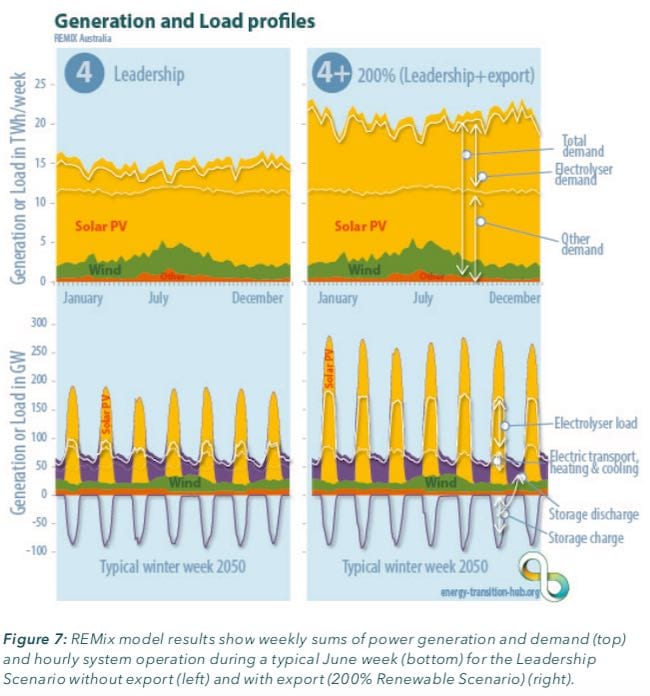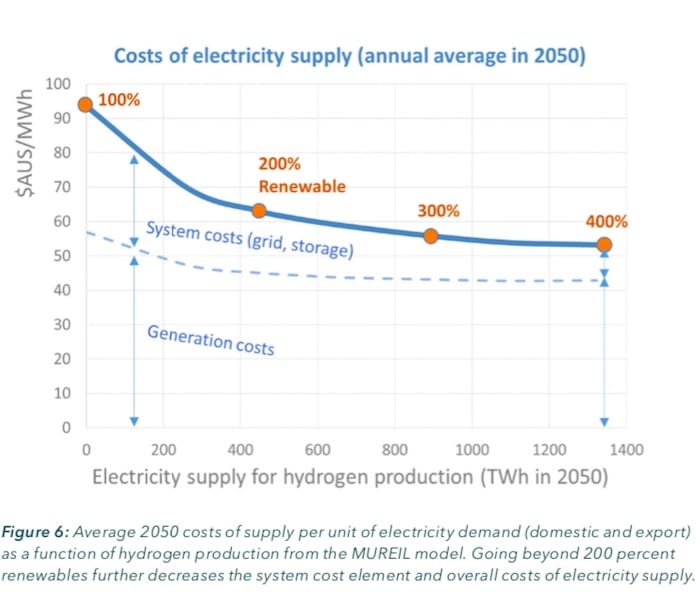mspohr
Well-Known Member
The oil industry vs. the electric car
Groups backed by industry giants like Exxon Mobil and the Koch empire are waging a state-by-state, multimillion-dollar battle to squelch utilities’ plans to build charging stations across the country. Environmentalists call the fight a reprise of the “Who Killed the Electric Car?” battles that doomed an earlier generation of battery-driven vehicles in the 1990s.
Groups backed by industry giants like Exxon Mobil and the Koch empire are waging a state-by-state, multimillion-dollar battle to squelch utilities’ plans to build charging stations across the country. Environmentalists call the fight a reprise of the “Who Killed the Electric Car?” battles that doomed an earlier generation of battery-driven vehicles in the 1990s.





